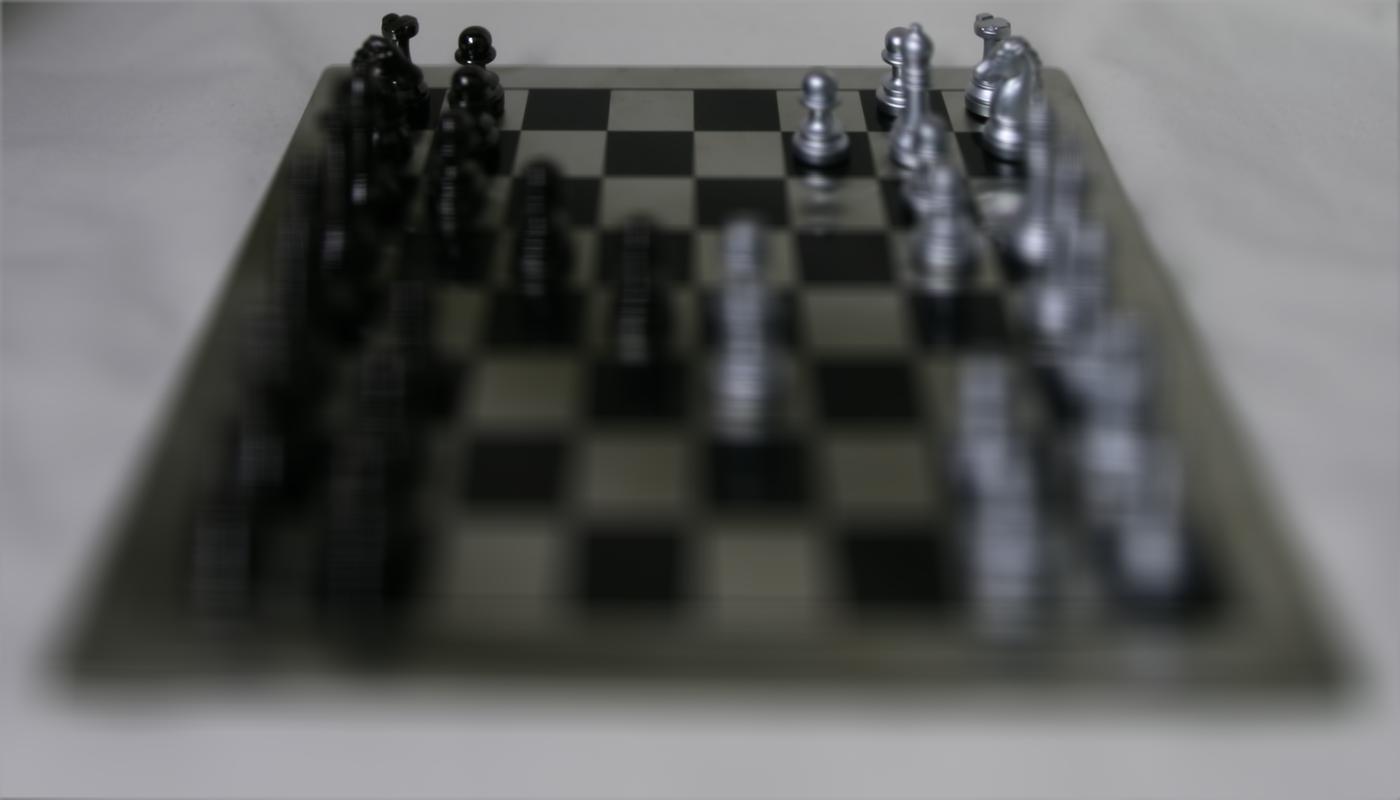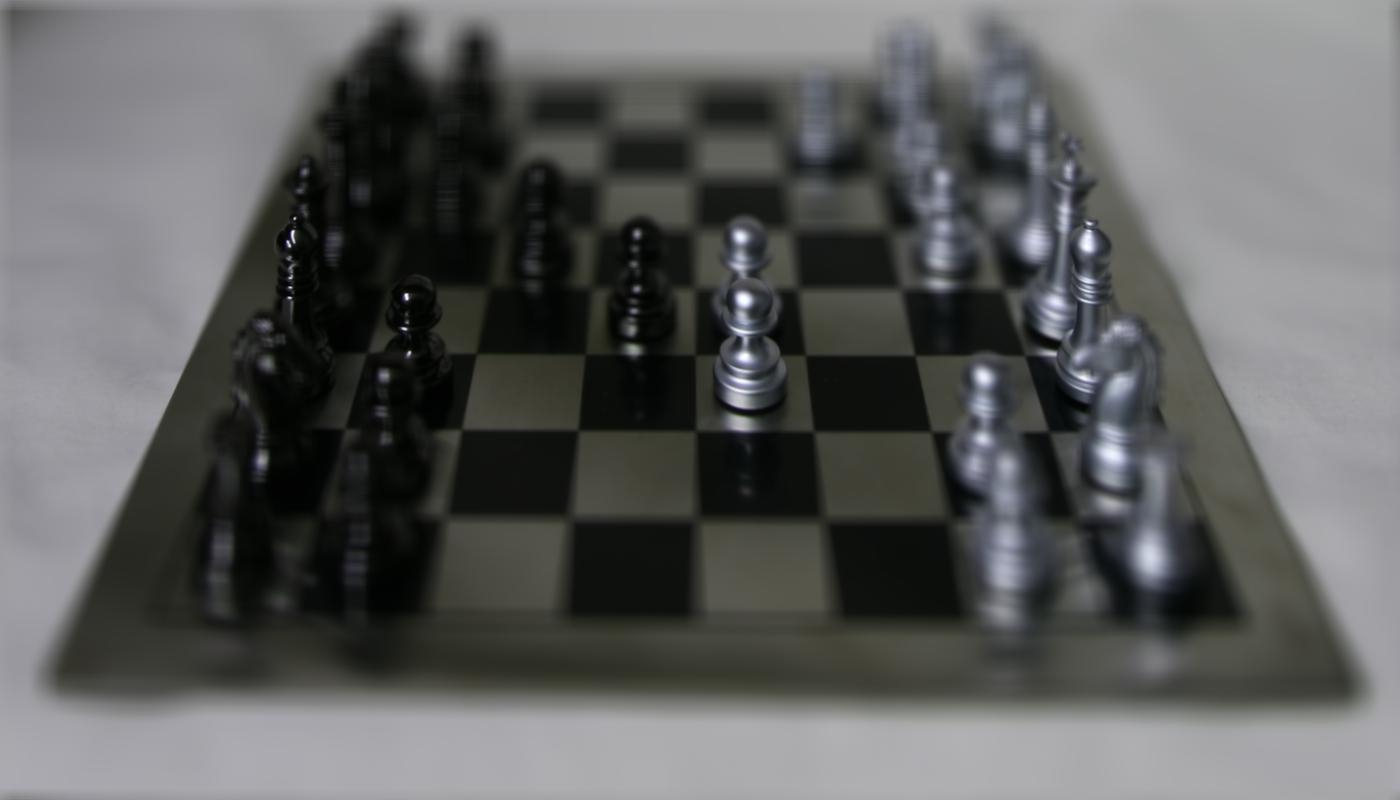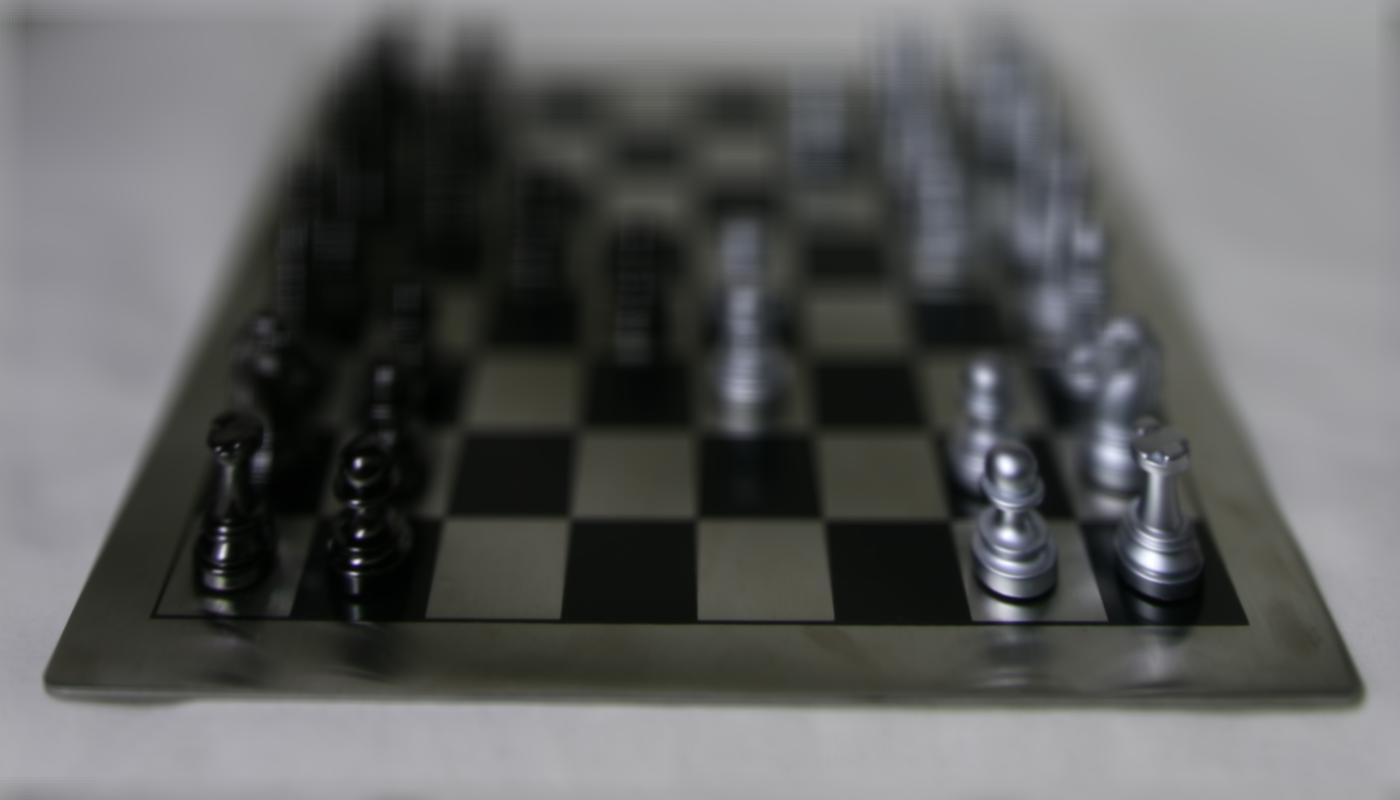CS 194-26: Image Manipulation & Computational Photography
Project 5: Lightfield Camera
Depth Refocusing and Aperture Adjustment with Light Field Data
Barbara Yang, cs194-26-aar
Project specs
Course website
Results
Depth Refocusing
Procedure
I used a data set consisting of a 17x17 grid of images. This grid was created by a 17x17 grid of cameras,
each slightly offset from each other horizontally and vertically. There is a perfect center at (8, 8). For
every photo, I also know the coordinates of the camera that took the photo.
Given the coordinates at the center, I can reign in the offsets and multiply by some constant c.
If I average across all 289 images, the image will be focused at one depth and blurry at the others. I can
control this with c and create an animated sequence.
Results

animated sequence
Aperture Adjustment
Procedure
Another thing we can do with this dataset is artificially adjust the aperature. Aperature is controlled by
the width of the opening in a lens — the bigger the aperature, the less area of the image is in focus.
To simulate this effect, I can average across a different sized "window" of images within the 17x17 grid. I
use a variable aptr, which starts at 0 using only the centermost image at (8,8).
For aptr = 1,
I would use images from ([7,9], [7,9]), etc.
Results
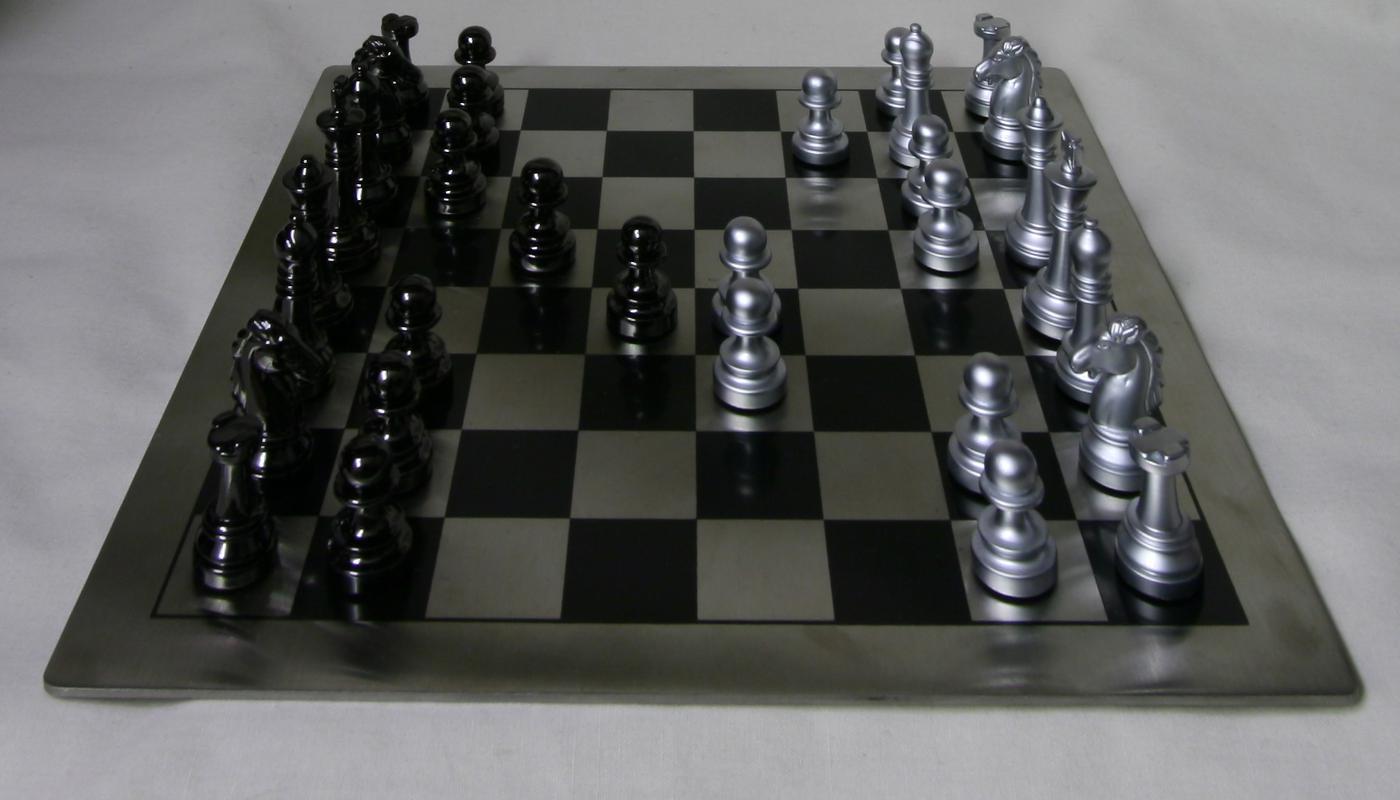
aptr = 0
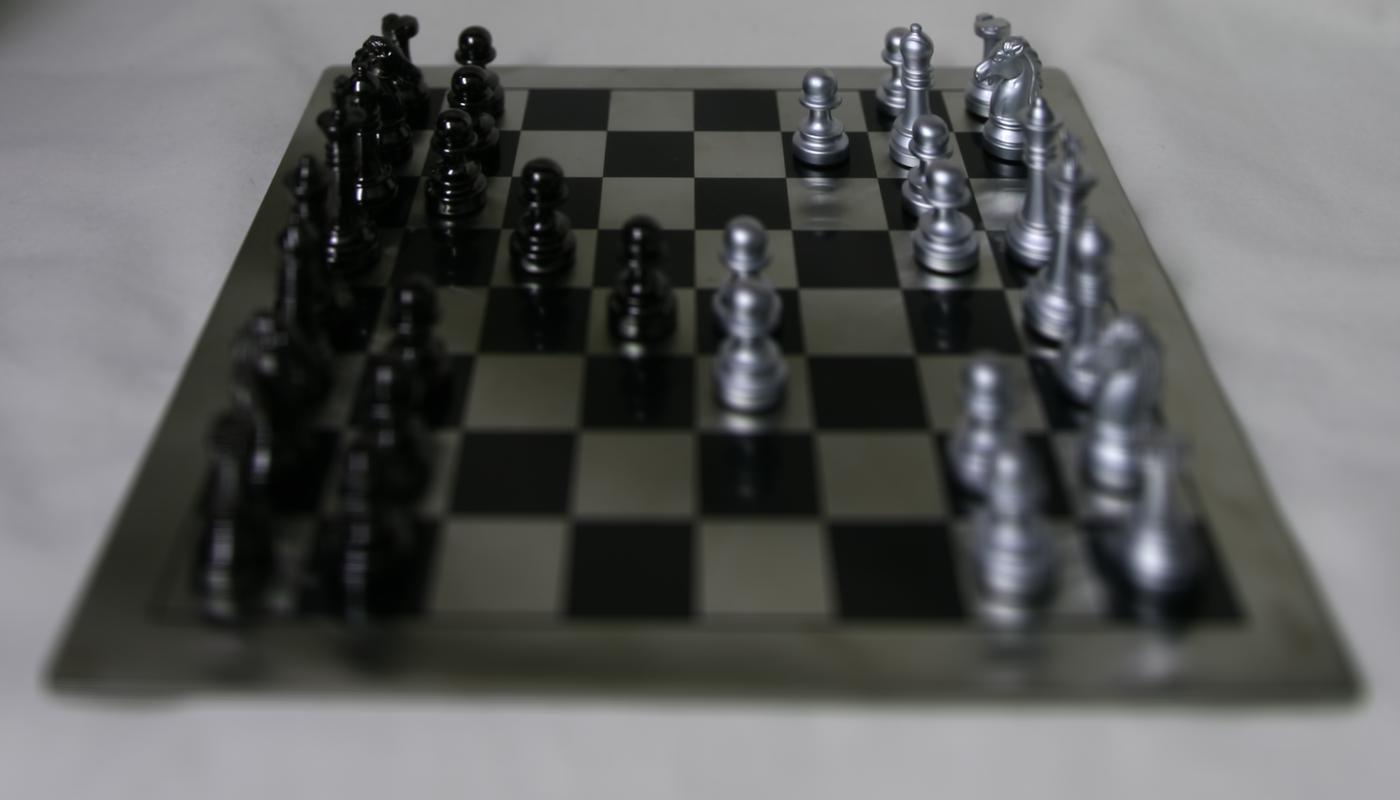
aptr = 3
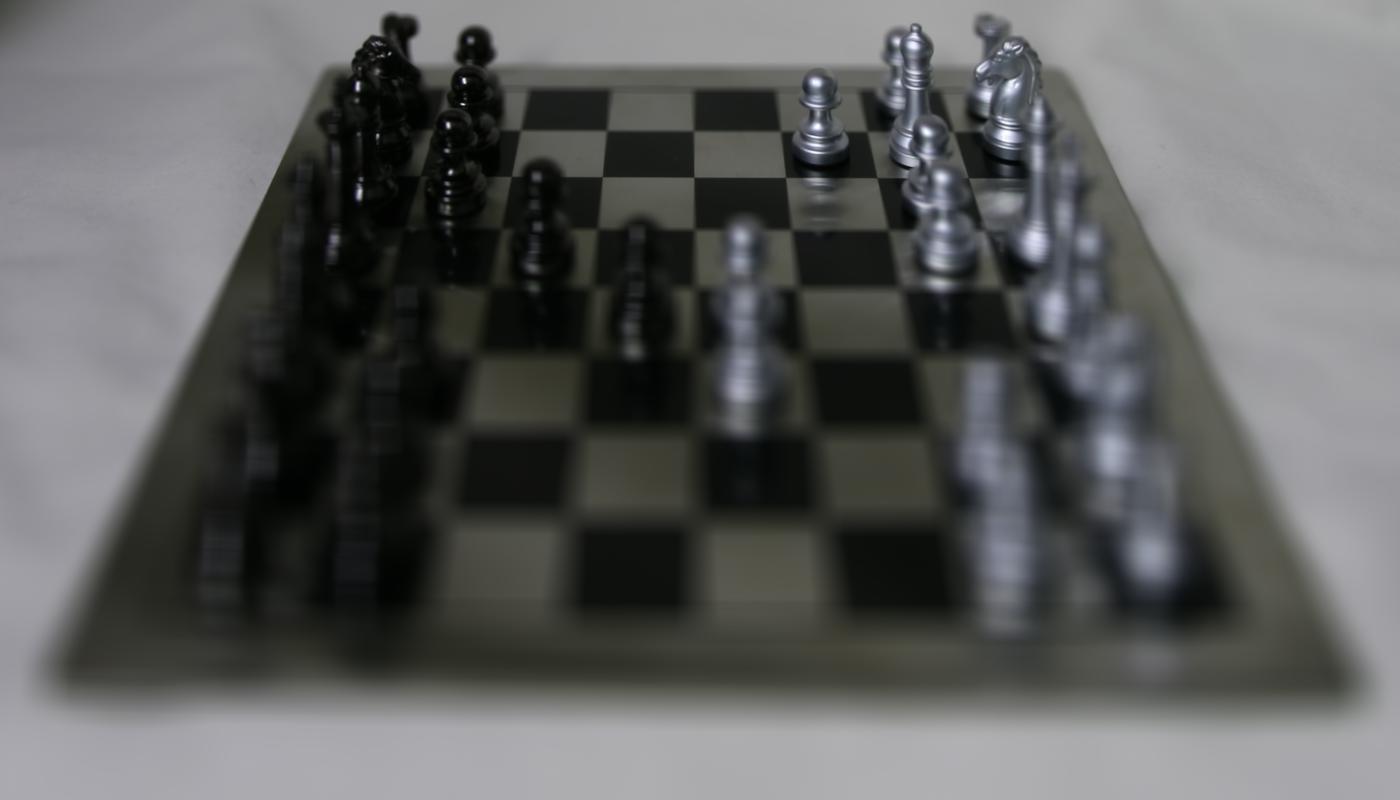
aptr = 7
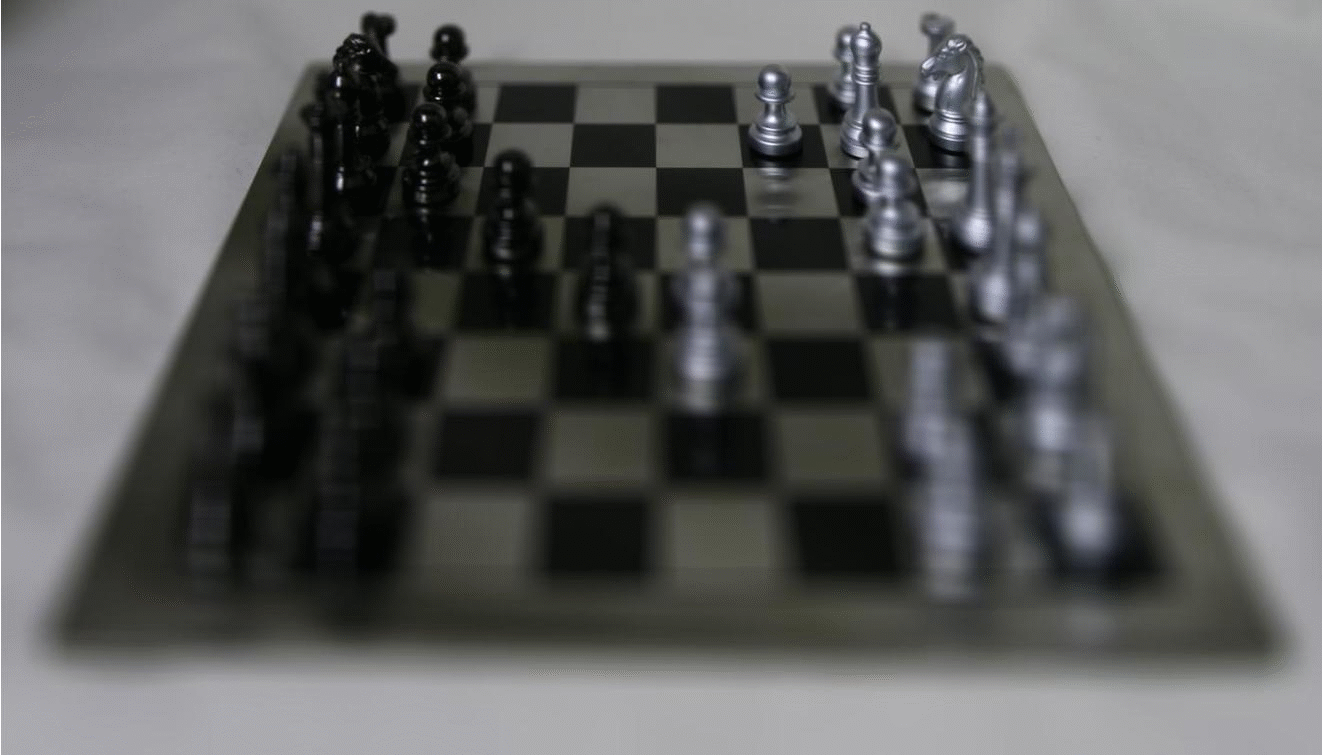
animated sequence
Summary
This project taught me that traditional and digital photographs can provide a lot of spatial and visual
resolution, but they are limited in other ways. Light field images can provide angular resolution, which we can
use to make post-processing effects such as focus or aperature adjustment.
